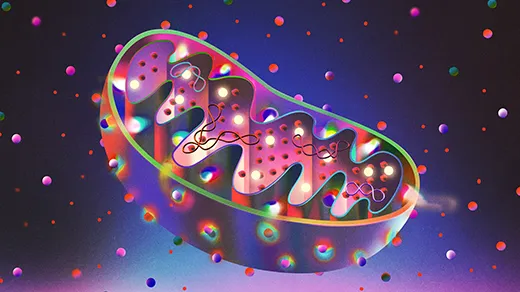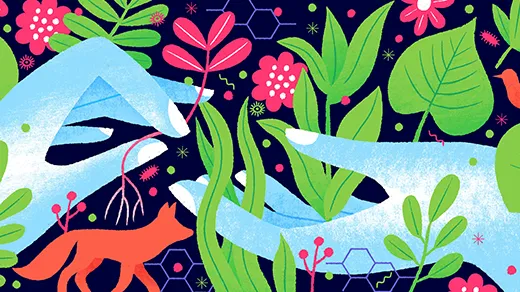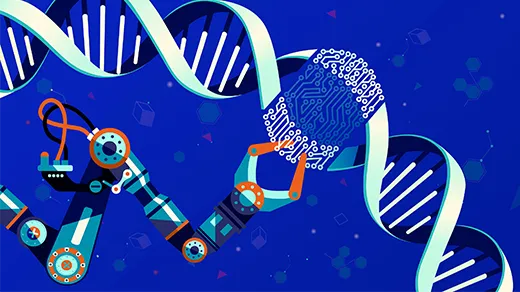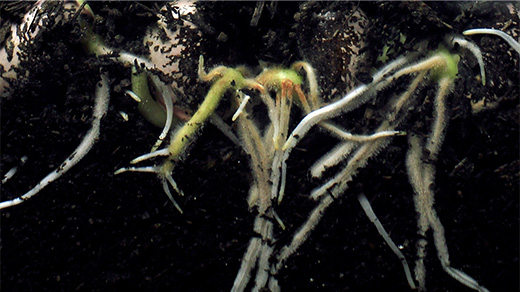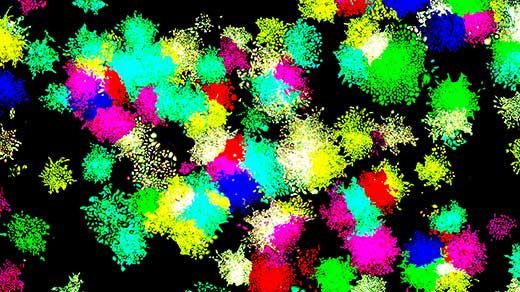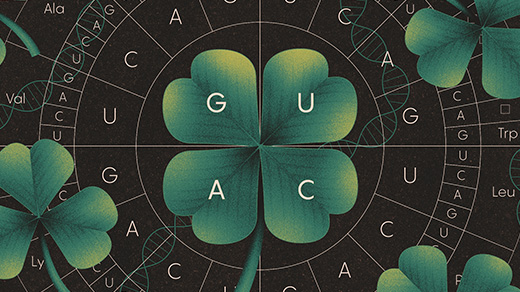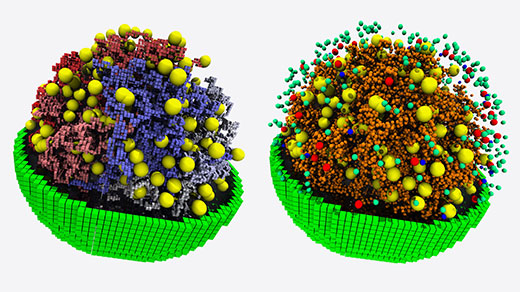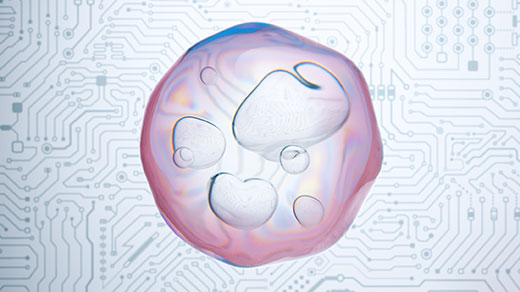What's up in
Synthetic biology
Latest Articles
The Year in Biology
In a year packed with fascinating discoveries, biologists pushed the limits of synthetic life, probed how organisms keep time, and refined theories about consciousness and emotional health.
The New Quest to Control Evolution
Modern scientists aren’t content with predicting how life evolves. They want to shape it.
Even Synthetic Life Forms With a Tiny Genome Can Evolve
By watching “minimal” cells regain the fitness they lost, researchers are testing whether a genome can be too simple to evolve.
Can We Program Our Cells?
By genetically instructing cells to perform tasks that they wouldn’t in nature, synthetic biologists can learn deep secrets about how life works. Steven Strogatz discusses the potential of this young field with researcher Michael Elowitz.
Biologists Use Genetic Circuits to Program Plant Roots
Using inserted genetic circuitry, synthetic biologists controlled the growth of plant roots for the first time.
Simple Gene Circuits Hint at How Stem Cells Find New Identities
Synthetic biology experiments suggest a “MultiFate” model for how genetically identical cells become the many different types found in complex organisms like us.
Life With Longer Genetic Codes Seems Possible — but Less Likely
Life could use a more expansive genetic code in theory, but new work shows that improving on three-letter codons would be a challenge.
Most Complete Simulation of a Cell Probes Life’s Hidden Rules
A 3D digital model of a “minimal cell” leads scientists closer to understanding the barest requirements for life.
Biologists Rethink the Logic Behind Cells’ Molecular Signals
The molecular signaling systems of complex cells are nothing like simple electronic circuits. The logic governing their operation is riotously complex — but it has advantages.
